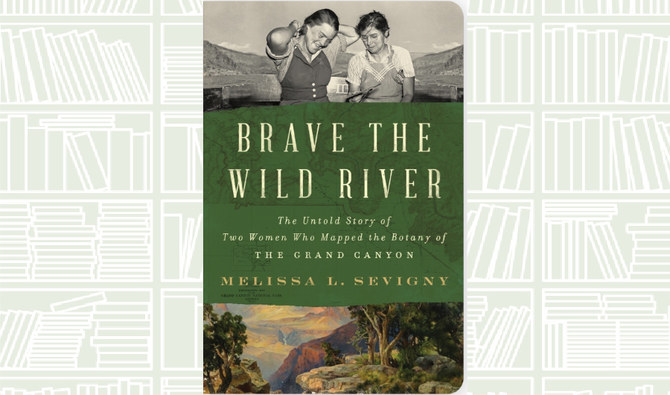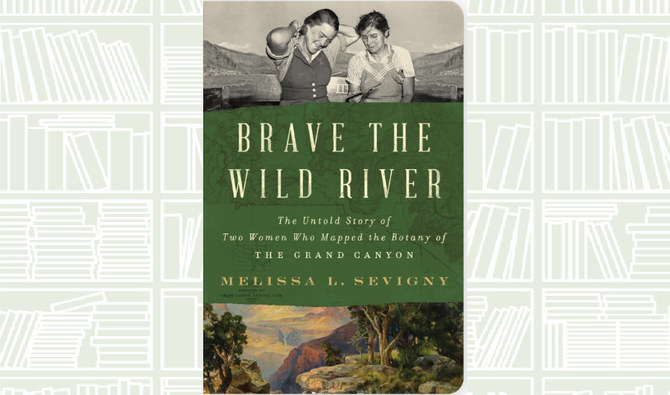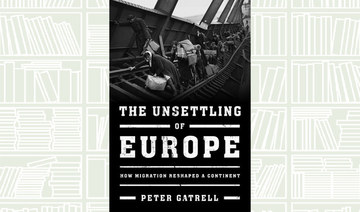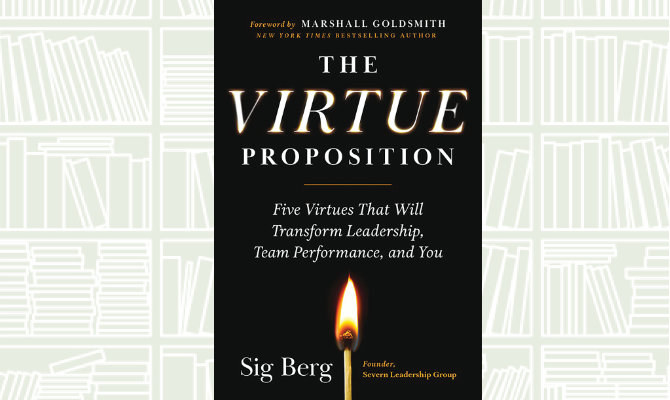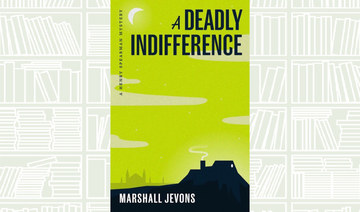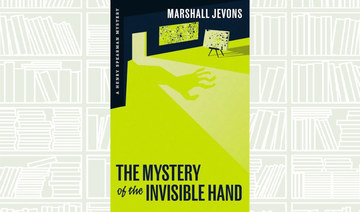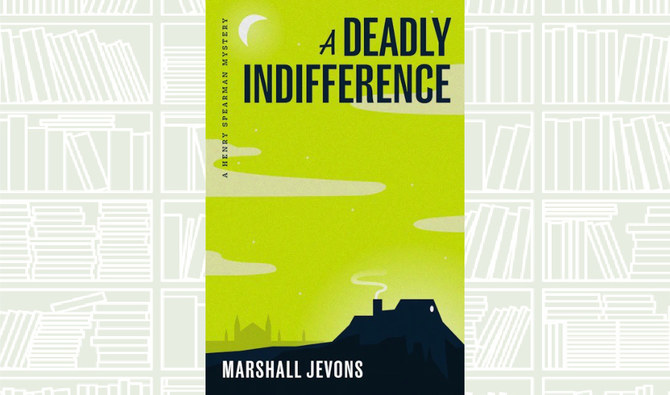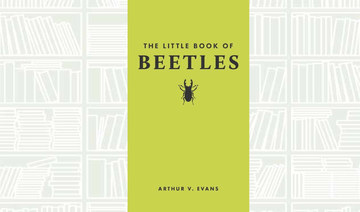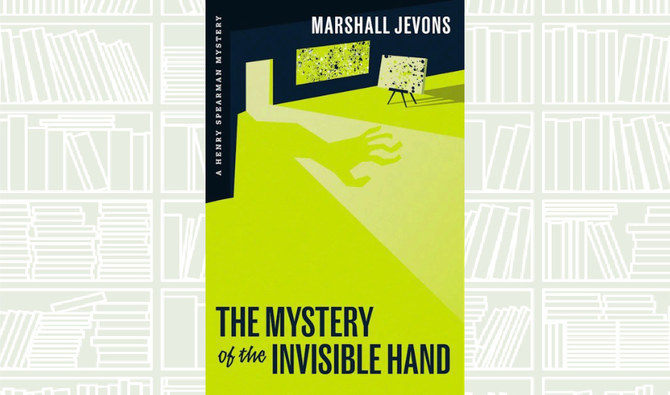This is a story of adventure, pushing boundaries, disregarding gender norms, and setting historical precedents.
“Brave The Wild River” is the story of two women — Elzada Clover and Lois Jotter — who mapped the botany of the Grand Canyon.
The botanists’ story is exciting, interesting, and informative. It is a spellbinding adventure of two women who risked their lives to make an unprecedented botanical survey of a little-known corner of the American West at a time when human influences had begun to change it forever.
Meticulously researched and written like an adventure novel with page-turning prose, science journalist Melissa L. Sevigny’s work deftly weaves the women’s stories and discoveries that influenced botany for decades. Unlike those old-time newspaper reporters, Sevigny does not look at her subjects and see women out of place.
Clover and Jotter and their 1930s achievements remain relevant and their example does not fade with time, Sevigny insists.
Sevigny has worked as a science communicator in the fields of planetary science, western water policy, and sustainable agriculture.


